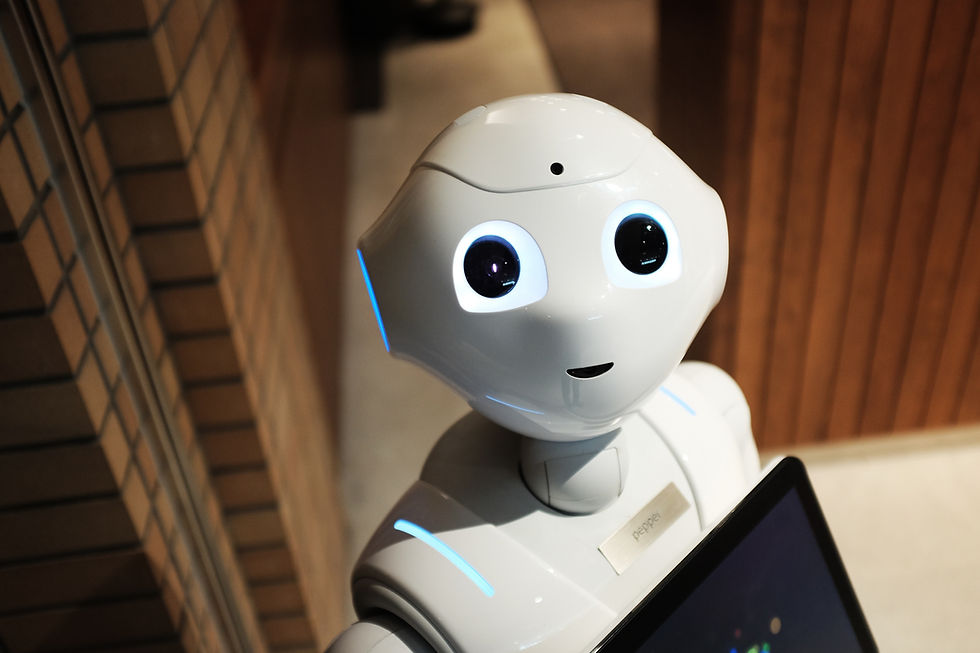Companion robots to solve aging dietary problems
- Catalina M.
- Feb 25, 2021
- 2 min read

Later City News: Very soon we can see companion robots that are able to solve our older adults' dietary problems by listening to them.
A new proposed algorithm for companion robots is capable of understanding users' dietary compositions for one-person talking, a two-person chat, and a three-person chat, respectively.
As the problem of an aging population becomes more and more serious, social robots have an increasingly significant influence on human life. By employing regular question-and-answer conversations or wearable devices, some social robotics products can establish personal health archives. But those robots are unable to collect diet information automatically through robot vision or audition.
A healthy diet can reduce a person's risk of developing cancer, diabetes, heart disease, and other age-related diseases. In order to automatically perceive the dietary composition of the elderly by listening to people's chatting, research done by Zhidong Su, Yang Li, Guanci Yang from Guizhou University, China proposed a chat-based automatic dietary composition perception algorithm (DCPA).
This paper which has been published in IEEE journal confirms that current robot products provide the function of chatting, household appliance control, taking photographs, collecting health data, detecting falls, and so on, they have a shortage of intelligence and do not have a strong ability in cognition.
Especially in Europe, Japan, and China the personal robots market is growing intensively, The robot market currently generating $21.5 billion and expected to reach higher than $51 billion in 2030. This situation accelerated research on robots and methods of judging and data collection and monitoring.
Some works provide a method for judging if people are eating while speaking and what they are eating by monitoring eating sounds but in the home environment, most eating sounds are difficult to capture using robots, and it is also hard to distinguish between similar sounds, such as drinking water, drinking milk or drinking beer.
Some products can observe the mental state of the elderly through regular question-and-answer conversation and can then establish health archives, but they do not use the sensors to collect diet information automatically. The achievement of the latter relies on the question-and-answer solution.
However, most social robots are equipped with a camera or audio equipment, sometimes even a deep camera, which means that the robots have the potential to know the diet of the elderly through robot vision or audition.
Robots can perceive most of the information of the physical world through vision or hearing, for robot vision, consumes a lot of computing resources to realize real-time perception, but embedded devices have limited computing resources. While for robot audition, it is easy to realize real-time speech recognition and by monitoring people’s conversion, it is a direct way to obtain eaten information through their talk.
End/












Comments